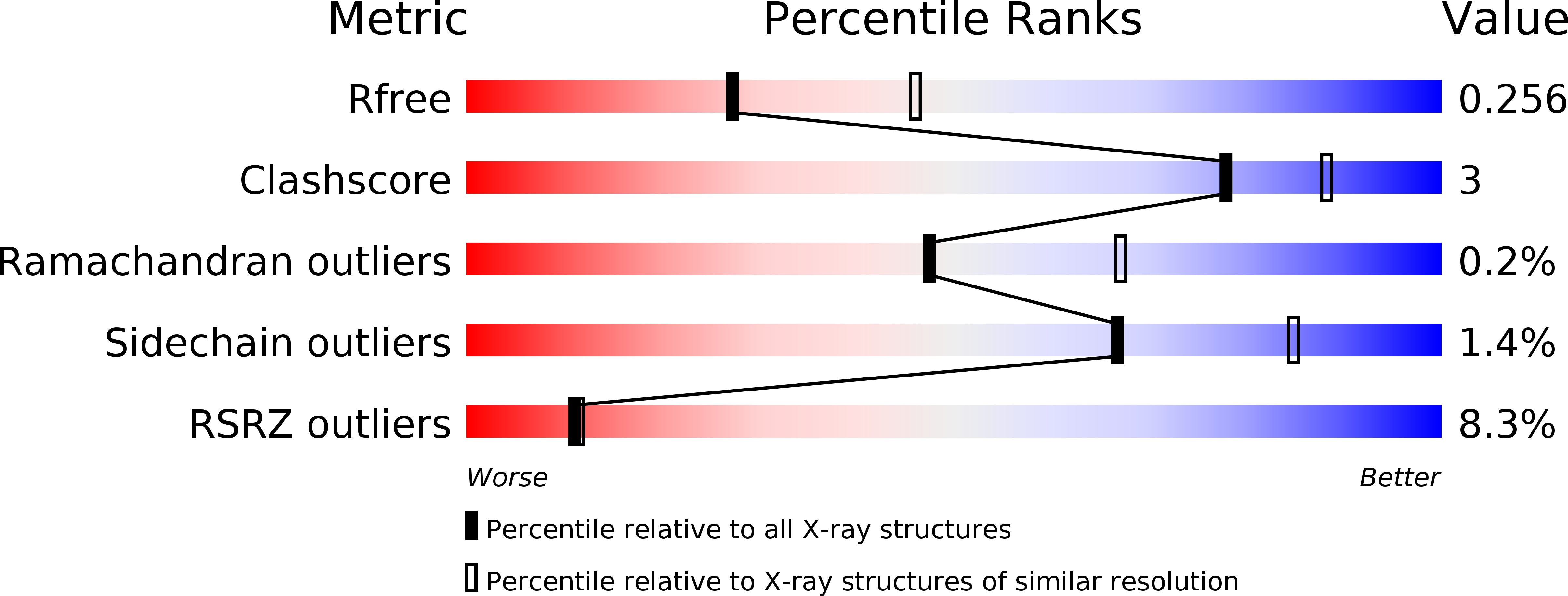
Deposition Date
2017-05-16
Release Date
2017-10-18
Last Version Date
2024-11-06
Entry Detail
PDB ID:
5O0L
Keywords:
Title:
Deglycosylated Nogo Receptor with native disulfide structure 2
Biological Source:
Source Organism:
Mus musculus (Taxon ID: 10090)
Host Organism:
Method Details:
Experimental Method:
Resolution:
2.51 Å
R-Value Free:
0.25
R-Value Work:
0.19
R-Value Observed:
0.19
Space Group:
P 1 21 1


